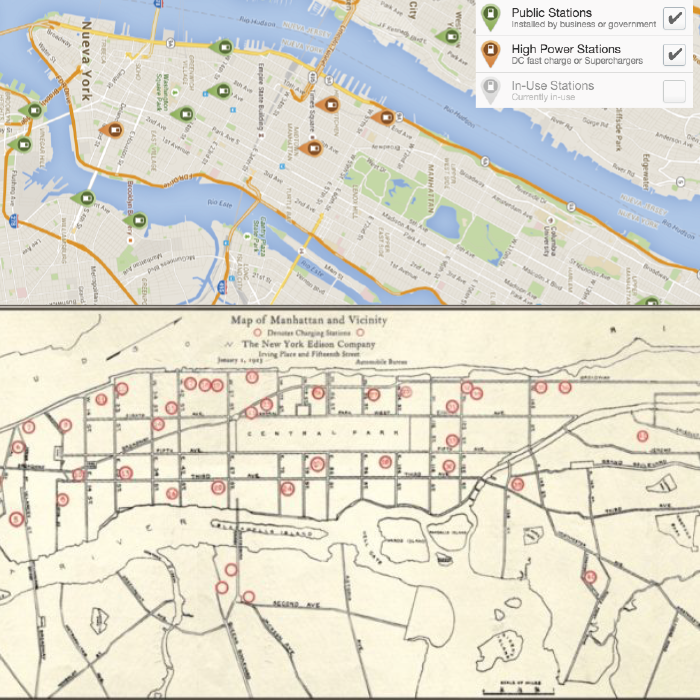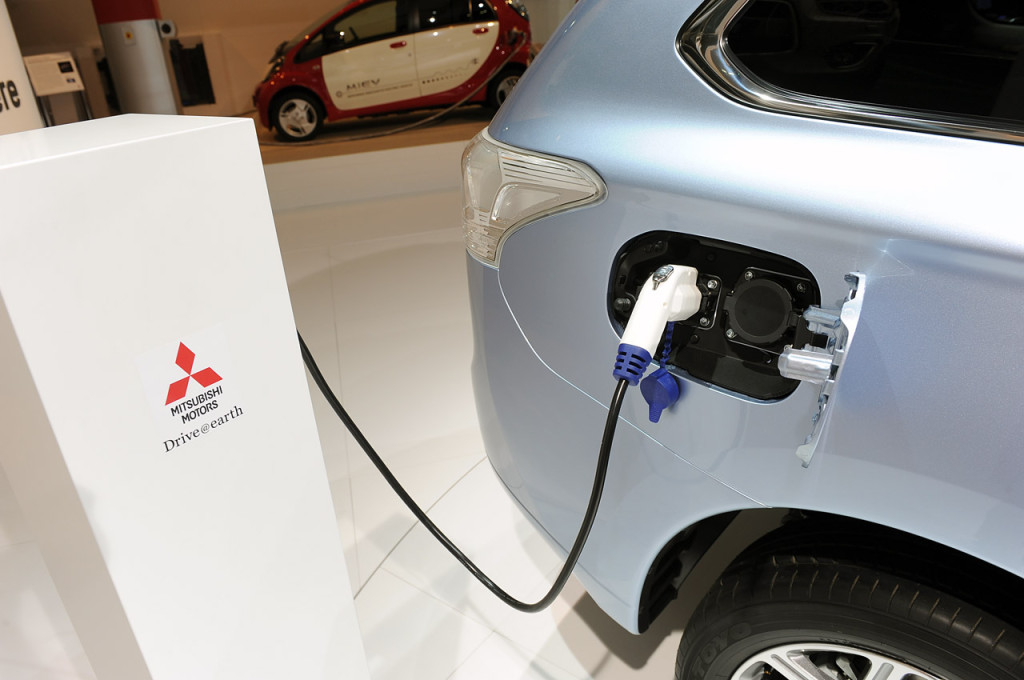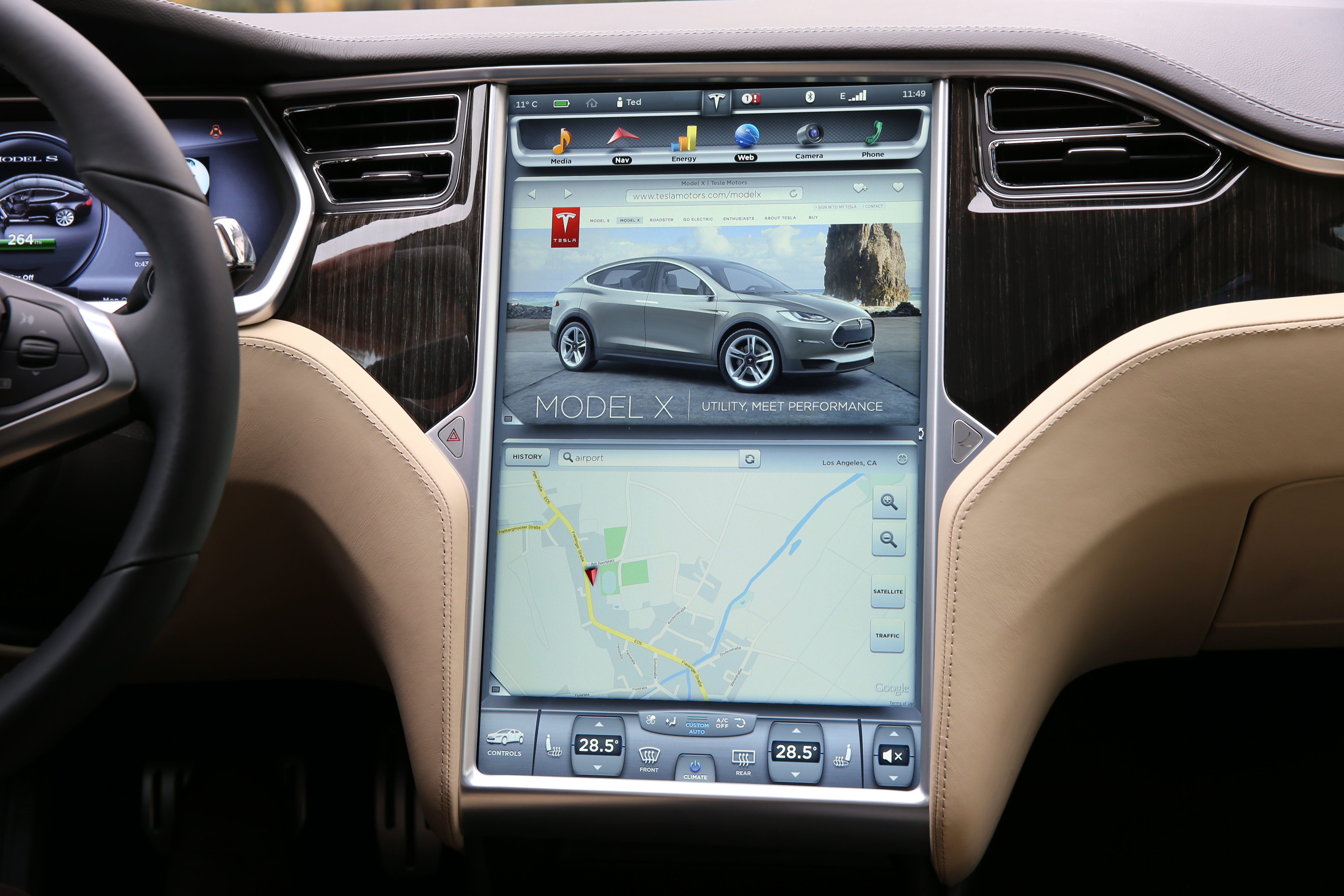EV, Finding the critical paths

When we talk about the new ways and trends of mobility it is compulsory to discuss about the reborn of the EV in our thoughts (we talk of reborn, and we are not mad; just look below and watch a map of electric car charging station in Manhattan in 1923).

However, something that, at first sight, seems attractive, useful and perhaps necessary it is not considered as a first option when we need to change our vehicle.
Of course, a critical issue is the pricing, mainly due to the cost of the batteries, but, ¿what is happening with the other matters that make EV product something unaffordable?
(Click in the line below to watch a interactive map with the EV stations around the World).
1. Time of refuel
Normal refuel uses to be no more than two minutes in normal conditions. Electric recharge could last some hours so to reduce EV charge should be a must. Some of the typical users could accept an EV with a range of 300 km and a time of 100% charging with no more than 25 minutes or 50% charging in 10 minutes. Due to normal users do not drive during the night and the cars remain typically at the garages, EV reasonable charge should be done during the night into own houses or garages. Also, public infrastructures with no less than 30 kW AC of power for loading should get the proper use of the EV for intercity mobility and special needs.

2. Life cycle of the batteries
A typical use of Lithium batteries works appropriately with temperatures of 20 to 25 Celsius degrees.
With temperatures below 0º Celsius or more than 40º Celsius range could be reduced on an average of 15% (without using AC or Heater).
Roughly, Batteries have two key features, the density of energy (Wh/kg) and density of power (W/kg).
With low temperatures (below 0º) the batteries loose density of energy but more than this, the density of power.
At -10º range decrease almost 25% but the power of acceleration decrease until 60%.
With 40º, range decrease nearly 15% but, what is most important, with 50º power decrease around 60%. With 60º or more power of the battery could be zero and it is impossible to start the car. With cold, at around -20º the power is zero.
Lost of range and power it is critical but, what is more, remarkable is the affection of the extreme temperatures in the life cycle of the battery.
With cold, loss of render is important but the life cycle of the batteries remain stable. Nevertheless extreme hot temperatures affect severely to the electrochemical of the batteries so once heat keeps steady the battery could have lost part of the capacity.
